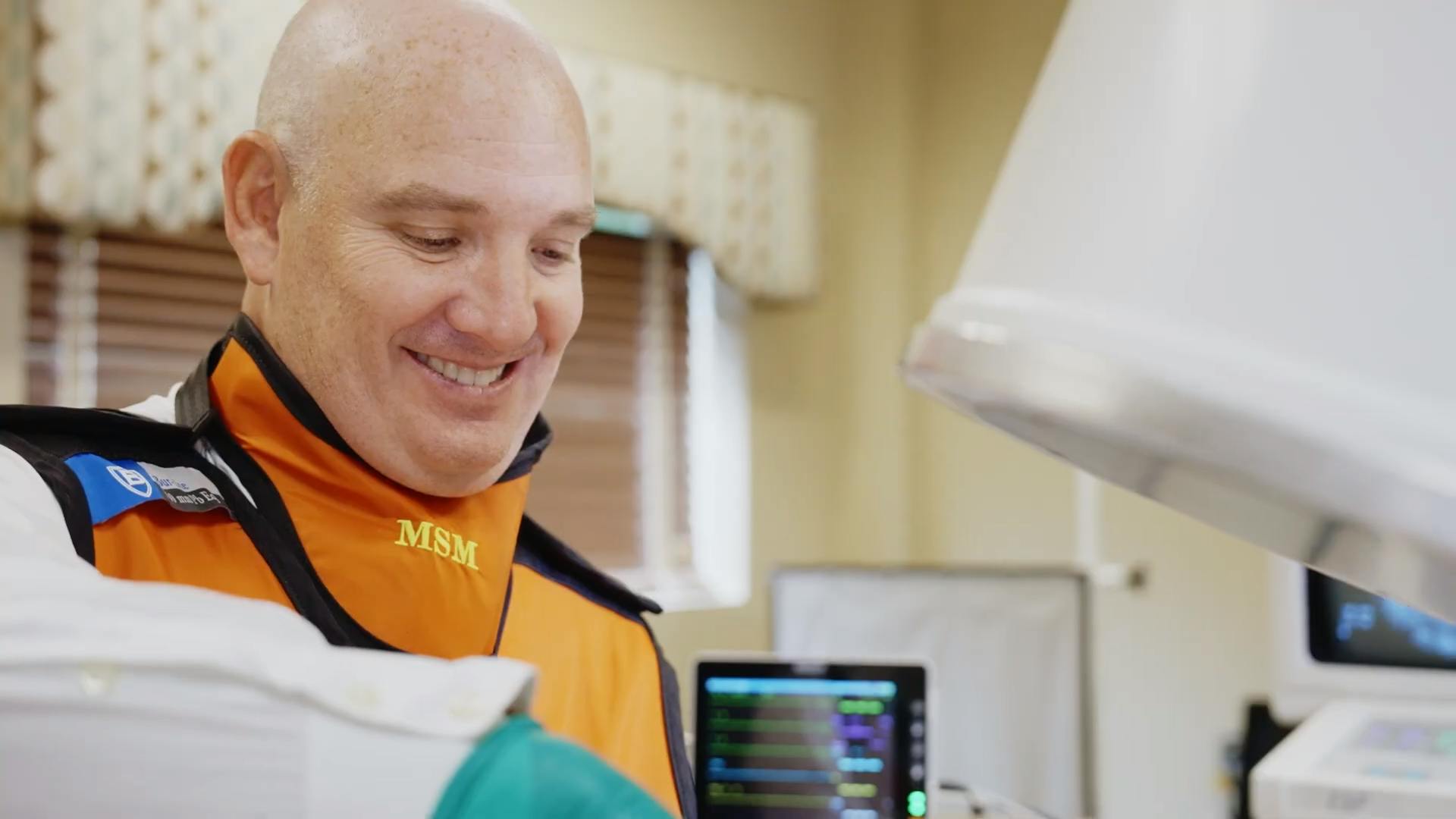Restore Mobility and Quality of Life with Expert Care
At the Center for the Functional Restoration of the Spine, we empathize with the challenges posed by persistent pain and its impact on your daily life. This is why we provide cutting-edge pain management injections, including lumbar facet joint block injections, tailored to help you regain control and discover relief from the burdensome pain that hampers your well-being.
Could Facet Joint Injections Be Right for You?
A facet joint injection, or facet block, is a non-surgical procedure in which a combination of anesthetic/steroid is delivered directly into a facet joint in the spine that may be causing back or neck pain.
The purpose of the anesthetic is to ease the pain; the steroid to relieve inflammation. The procedure also may be used as a diagnostic tool to determine whether the facet joint is the cause of the pain.
More Facts About the Facet Joints
- Facet joints connect the vertebrae and provide stability and flexibility of the spine.
- There are two facet joints between each pair of vertebrae, one on each side.
- Cartilage in the joints allows for smooth movement where vertebral bones meet.
- Facet joints link each vertebra to those directly above and below it and allow the vertebral bodies to rotate with respect to each other.
- Each facet joint is lined with a thin membrane called the synovium, which produces synovial fluid for lubrication.
When Inflamed Facet Joints Are the Source of Pain
If the facet joints and the tissues around them become inflamed and swollen, these irritated structures can compress one or more spinal nerve roots. The result may be localized and/or radiating pain and other symptoms, such as numbness and muscle weakness. That’s when consultation with your trusted orthopedist at the Center for the Functional Restoration of the Spine could recommend a Facet Joint Injection.

Conditions Treated
There are a variety of spinal conditions that may cause pain and irritation of the facet joints. They include:
- Facet joint syndrome
- Spinal stenosis
- Spondylolysis/spondylolisthesis
- Disc herniation
A facet injection is typically recommended for patients with radiating pain and whose symptoms have not responded to other conservative therapies, such as
- Medication
- Rest
- Exercise/activity modification
- Physical therapy
- Bracing
During the Procedure
- During a facet joint injection, the anesthetic/steroid solution is delivered via a very thin needle, guided by fluoroscopy (a specialized X-ray camera), into the capsule that surrounds the facet joint or in the tissue around the joint capsule.
- This is different from an epidural spinal injection, in which the injection is placed in the epidural space of the spinal cord, located between the dura (the protective membrane that surrounds the spinal cord and nerves) and the bone of the vertebral canal.
- Facet injections are typically performed on an outpatient basis and usually take about 10-15 minutes to complete. Only local anesthesia is required, and most patients can walk immediately after the procedure without using a recovery room or hospitalization.
- You’ll be monitored for a short period of time before you are released, and you should have a responsible adult on hand to drive you to and from your procedure. You should also arrange to take it easily for at least 24-36 hours after the injection to allow the anti-inflammatory medicine to take effect.


Ready to Learn More?
Don't hesitate to reach out to us today to arrange a consultation at one of our convenient locations in Shrewsbury or Toms River, New Jersey. Allow us to help you break free from back and neck pain with minimally invasive treatments with proven results.





